When it comes to building an online store, Shopify and Squarespace are two of the most popular eCommerce platforms on the market. Both platforms offer a wide range of features and tools to help you create and manage your online store, but they have different strengths and weaknesses.
In this article, we compare Shopify vs Squarespace to help you determine which platform is the best fit for your eCommerce business. We examine factors such as ease of use, payment options, design, customer support, and more. By the end of this article, you will have a better understanding of the features of each platform, and you’ll be able to make an informed decision about which platform is right for you.
Table of Contents
Shopify and Squarespace: At a glance
Shopify
A cloud-based eCommerce platform called Shopify makes it simple for businesses to set up and run their online storefronts. Although Shopify is best known for its full-service, scalable eCommerce store solutions, retail establishments may also accept payments in person thanks to Shopify POS and its selection of physical POS hardware.
Squarespace
Squarespace is best recognized as an easy website builder for businesses with brick-and-mortar stores, freelancers, and creatives from a variety of fields who need a digital launch pad but may not require a fully functional online store. Squarespace can still be an excellent choice for eCommerce companies that need to establish a basic online store from the bottom up, even though its eCommerce site capabilities are less extensive than Shopify’s.
Shopify vs Squarespace: Ease of Use
Because they’re easier to use, Shopify vs Squarespace is a popular option. This is particularly true if this is your first time developing an eCommerce website.
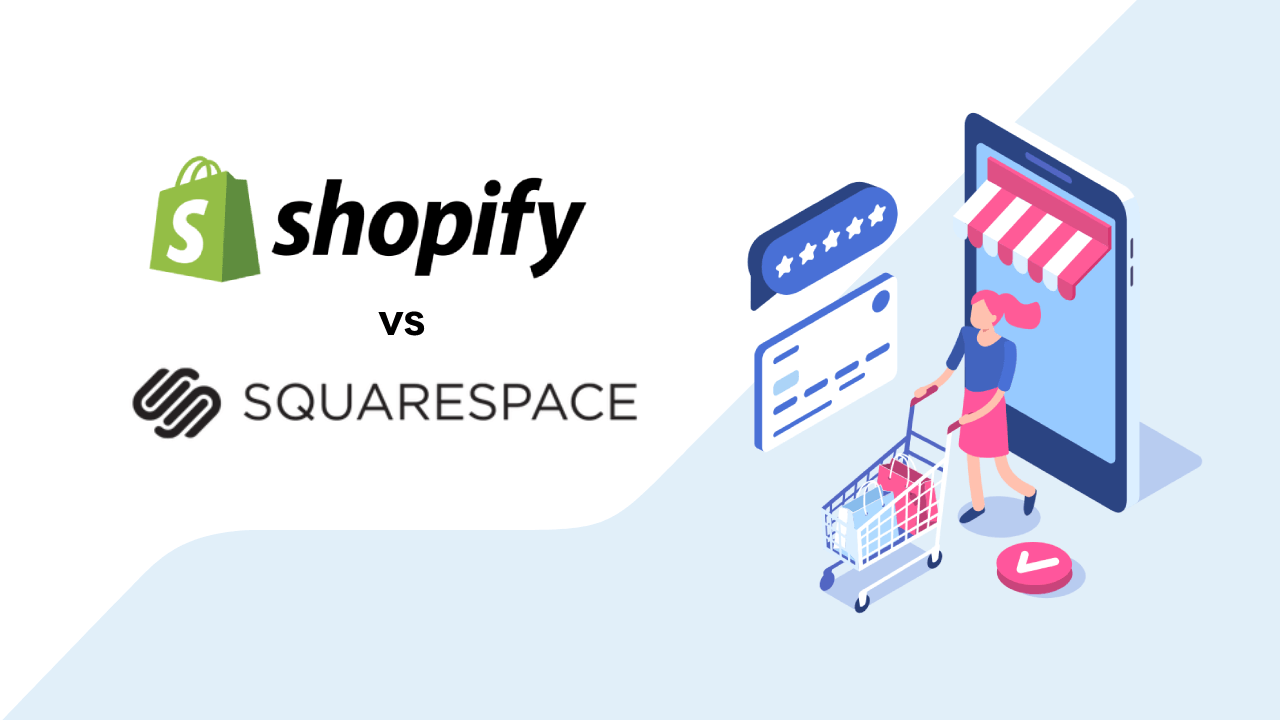
It’s crucial for your website builder to be simple to use if you’re just starting out with eCommerce so you can concentrate on expanding your business rather than worrying about running your online store every day.
With Shopify, you can sell via a variety of platforms thanks to its extensive feature set and apps. You can click, drag, and drop media items anywhere on the page thanks to Shopify’s drag-and-drop design. As you construct your online store, you won’t ever feel lost because of the interface’s clear visual clues. Shopify has a user-friendly interface, but the SaaS does require some technical knowledge to set up the website properly.
However, for those who are new to eCommerce or want a simple approach to creating their own website without having to learn how to write in HTML or CSS, Squarespace is the ideal platform since it doesn’t even require any programming skills.
Features and Functionality
Payment options and integrations
Payment options
Shopify offers a wide range of payment options, including credit card processing, PayPal, Apple Pay, Google Pay, and many others. You can choose from over 100 payment gateways, and Shopify also has its own payment gateway, Shopify Payments.

Squarespace also offers several payment options, including credit card processing, PayPal, and Stripe. However, the number of options is not as extensive as Shopify’s.
Integrations
Shopify offers a large number of integrations with popular eCommerce tools, such as shipping and fulfillment services, marketing tools, and more. You can also add custom integrations using Shopify’s API.
Squarespace has a smaller number of integrations compared to Shopify, but it still offers integrations with popular tools such as shipping services, email marketing platforms, and others.
Shipping options
With Shopify, shipping goes without a problem. Delivering your products is made simple with drop shipment, built-in connection with NHL or UPS, and printable shipping labels.
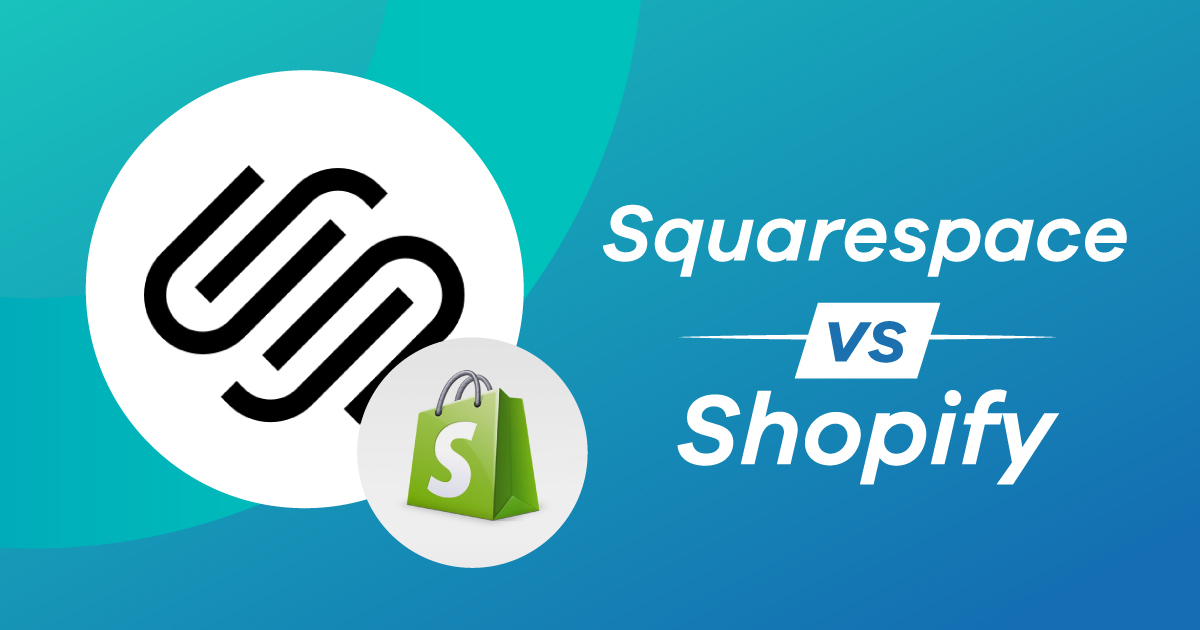
Although it is catching up, Squarespace really cannot compete with Shopify in this field. Now, Squarespace and USP collaborate to determine carrier delivery costs. Additionally, you can change shipping charges based on the weight of your shipment or the country you’re delivering to.
Design
Shopify offers a wide range of design options, including free and paid themes. There are hundreds of themes to choose from, with a variety of styles and features. Moreover, Shopify also allows you to customize your theme using the Theme Editor, which is a user-friendly drag-and-drop tool. You can change the layout, add your own images, and modify the color scheme to match your brand. For those with technical skills, this platform also allows you to edit the code of your theme to make more advanced customizations.

Contrary to Shopify, Squarespace offers templates tailored to the creative sector as well as nearly every other business, such as DIY, food & beverage, and toys. The templates are designed to look great on both desktop and mobile devices. The platform also offers a user-friendly drag-and-drop interface, making it easy to customize your template to match your brand. You can change the layout, add your own images, and modify the color scheme. However, Squarespace doesn’t offer as much customization through code as Shopify, so it may not be the best choice for those who need advanced customization options.
ERP – CRM
Shopify
Shopify offers basic ERP and CRM capabilities, including an order management system, customer management, and product management. The SaaS integrates with a variety of third-party ERP and CRM tools to extend its capabilities, including apps for accounting, inventory management, and customer relationship management.
Squarespace
Squarespace does not have native ERP or CRM capabilities, but it does have basic customer management features. To extend its capabilities, Squarespace integrates with third-party tools, including CRM and marketing automation platforms.
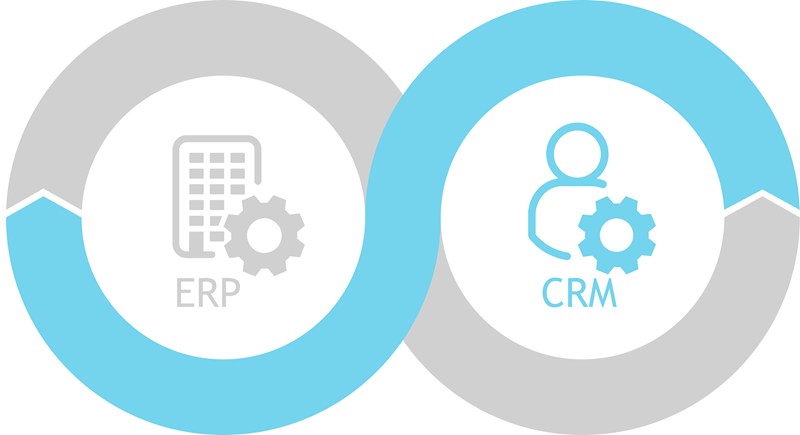
In general, Shopify has more comprehensive ERP and CRM capabilities compared to Squarespace, but both platforms can be integrated with third-party tools to extend their capabilities. If you need a platform with advanced ERP and CRM capabilities, Shopify may be the better choice, while Squarespace may be sufficient for those who only need basic customer management features.
Marketing Features
Shopify vs Squarespace has app stores with a wide range of apps that can help with marketing. However, Shopify’s app store is more extensive, with over 4,000 apps available, many of which are designed specifically for eCommerce businesses and can help with marketing efforts.
Shopify’s app store includes apps for email marketing, social media marketing, SEO, analytics, and more. For example, the Shopify app store offers popular marketing apps like Omnisend, Klaviyo, and Mailchimp, which can help with email marketing campaigns. This platform also offers apps like Hootsuite, which can help with social media marketing.

Squarespace’s app store is smaller, with a more limited selection of marketing apps. However, it does offer some useful marketing apps, such as Google Analytics integration, social media integrations, and email marketing tools like Mailchimp.
SEO
Although fully maximizing SEO is crucial for business success, doing so can be difficult without the aid of assistance tools. Squarespace and Shopify both provide users with integrated SEO support, but they approach it in two different ways.
Shopify
With Shopify’s built-in SEO features, you can efficiently optimize your eCommerce website. First off, Shopify will automatically create titles and descriptions for all of your goods and pages, as well as canonical tags and your sitemap, based on the content on your website. Additionally, Shopify refers to the individual page titles, meta descriptions, and picture alt text when discussing the score SEO elements.
Squarespace
Users of Squarespace may now get helpful SEO tools to properly optimize their websites for search engines. By creating title tags, meta tags, and sitemaps automatically, this technology also makes SEO optimization easier. Squarespace also provides detailed information on how to optimize your site for search engines, and there are a number of third-party SEO apps available to enhance your site’s SEO.
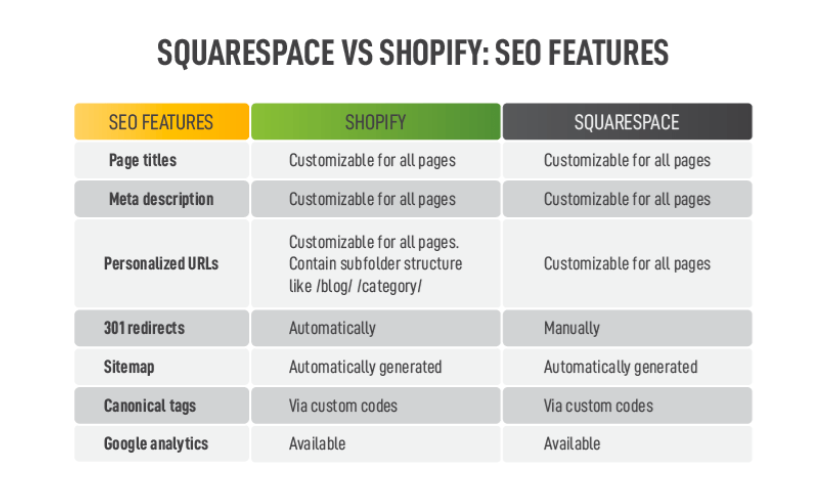
Social Media Integration
With its choice of apps and social media advertising, Shopify succeeds in this case. To streamline your business, you may quickly integrate a wide variety of marketing, accounting, and shipping tools. And you may sell on ten different social media networks.
In contrast, Squarespace’s extension store has fewer overall apps but higher quality selections (both free and paid). This implies that if you want to scale up significantly, you might outgrow Squarespace.
Email Campaigns
Email campaigns, a new add-on service from Squarespace, very much does what it says on the tin. You can send up to 50,000 campaigns each month during the free trial term of Email Campaigns. After that, it will cost you $8/month.
Using Shopify’s admin page, you can easily design email campaigns, but there are some helpful tools that will give you additional freedom. Privy and Omnisend Email Marketing are among the best.
Blogging
Owners of Shopify stores can use the blogging feature without downloading any additional apps. The bad news is that since Shopify is not its primary focus, this website builder simply provides you with a few basic functionalities for posting.

Blog statistics, social bookmarking, categories (you must stick to tags), and several more advanced blogging tools are all lacking. Because of this, Shopify is not a good option for individuals that prioritize content.
Without a doubt, Squarespace has excellent blogging options. You may make blog articles and extracts, tag and categorize posts, enable comments, push the information to well-known social media networks, and more with its built-in blog Page.
Customer Support
Both Shopify and Squarespace have excellent support teams. In-depth materials are also available for those looking for solutions to frequent issues. Additionally, they have forums where other platform users can ask you questions.
Both website builders provide excellent customer service, but Shopify goes above and beyond by offering live chat, email, and phone assistance round-the-clock.

Additionally, Shopify’s Plus Level pricing package includes a personal support agent. Even better, when your company expands, you can work with a Shopify Expert to add a polished touch to your coding or design.
In comparison to Shopify vs Squarespace, Squarespace offers very few choices for customer support. However, the majority of problems may be fixed by visiting their fantastic forum, which we believe to be one of the greatest and most reliable ones available. If you can’t find an answer in the knowledge forum, there is also live chat help available from Monday through Friday, 4 am to 8 pm (EST).
Pricing
Shopify
Shopify offers several pricing plans, ranging from $29 to $299/month. The lower-priced plans have limited features, while the more expensive plans offer more advanced features.
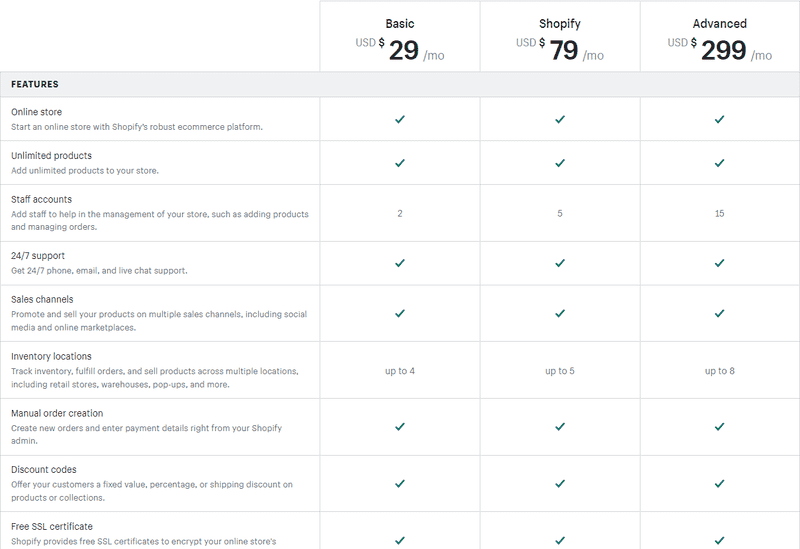
Additionally, there are transaction fees for using certain payment gateways, and if you want to use an external payment gateway, you may need to pay a monthly fee for that service.
Squarespace
Squarespace also offers several pricing plans, ranging from $16 to $49/ month. The lower-priced plans have limited features, while the more expensive plans offer more advanced features.

Squarespace does not charge transaction fees for using its payment gateway, but there is a transaction fee for using external payment gateways.
Shopify vs Squarespace: Overall Winner
What kind of store you want to create will determine which eCommerce website builder to use. When it comes to business tools and selling options, Shopify is far more complete. Basically, its main objective is to support the growth of your company.
However, Squarespace is a really good option if you only need to sell a few items and don’t need a highly developed platform. The templates are lovely and truly help your stuff stand out.
Why choose Shopify
While both Shopify vs Squarespace is good eCommerce platform, Shopify is generally a better choice for businesses that are looking to scale, require more payment options, and need more resources for custom development work. Therefore, merchants should think about using Shopify if they run an online-only business, especially if it’s large or growing quickly. Shopify was designed primarily for creating and maintaining online businesses.
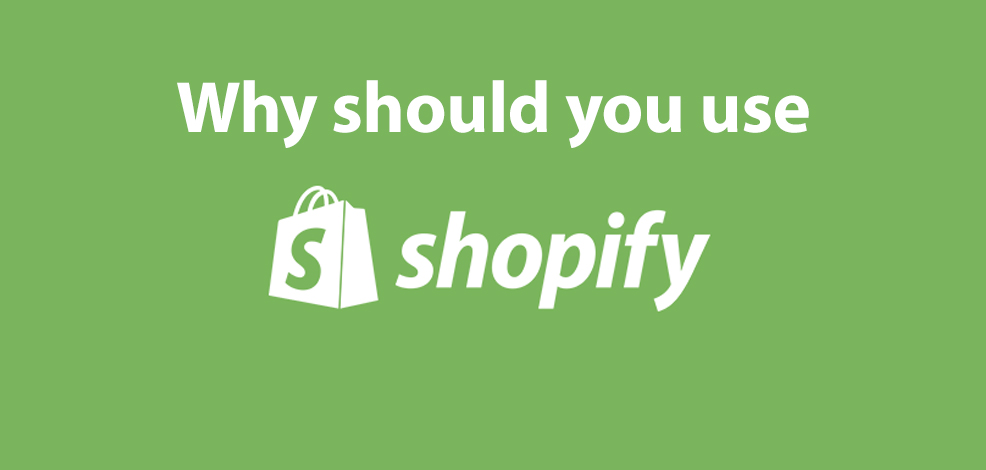
Here are some reasons why you may choose Shopify over Squarespace:
- Scalability: Shopify is a more robust eCommerce platform, offering a wider range of features and integrations that are specifically designed for eCommerce businesses. This makes it a better choice for businesses that are looking to grow and expand over time.
- Payment options: Shopify has a wider range of payment options, including support for multiple currencies, and the ability to use multiple payment gateways. This can be particularly important for businesses that are looking to expand globally.
- App store: Shopify has a large app store, with over 4,000 apps available, many of which are designed specifically for eCommerce businesses. This gives you a lot of flexibility and customization options for your store.
- Customer support: Shopify has a more extensive customer support system, with 24/7 support via phone, email, and live chat, as well as a robust help center with a wealth of information, including tutorials, FAQs, and forums.
Why choose Squarespace
Squarespace is useful for very small or new enterprises that require a digital content manager or have minimal digital store features.

Here are some reasons why you may choose Squarespace over Shopify:
- Ease of use: Squarespace has a more intuitive and user-friendly interface, making it easier for non-technical users to create and manage their online store.
- Integrated tools: Squarespace provides integrated tools for website building, hosting, and eCommerce. This means that you don’t need to use separate tools or plugins to add certain functionality to your website.
- Price: Squarespace is generally more affordable than Shopify, with lower monthly fees and no transaction fees for using its payment gateway.
- Blogging capabilities: Squarespace has robust blogging capabilities, making it a good choice for businesses that want to integrate a blog with their online store.
Squarespace is generally a better choice for businesses that are looking for a more affordable, user-friendly, and integrated solution with a focus on design and blogging capabilities.
In conclusion,
Both Shopify and Squarespace are excellent eCommerce platforms that offer a range of features and tools to help you create and manage your online store. Shopify is a more robust platform that is designed specifically for eCommerce businesses, with a wider range of payment options, a large app store, and extensive customer support. Squarespace, on the other hand, is a more user-friendly platform that is known for its beautiful designs, integrated tools, and lower price point.
The choice of Shopify vs Squarespace will come down to the specific needs of your eCommerce business. If you’re looking for a more scalable and customizable platform with a focus on eCommerce, Shopify is a great choice. If you’re looking for a more affordable and user-friendly platform with a focus on design and blogging, Squarespace may be the better option. No matter which platform you choose, be sure to do your research, compare your options, and choose the platform that best meets the needs of your business.











